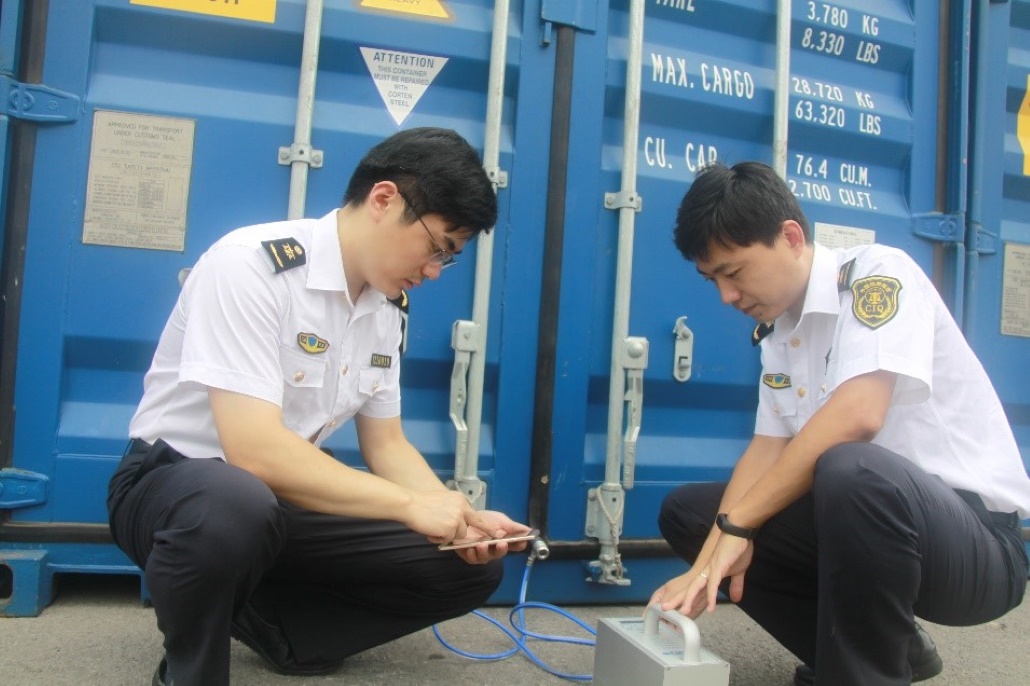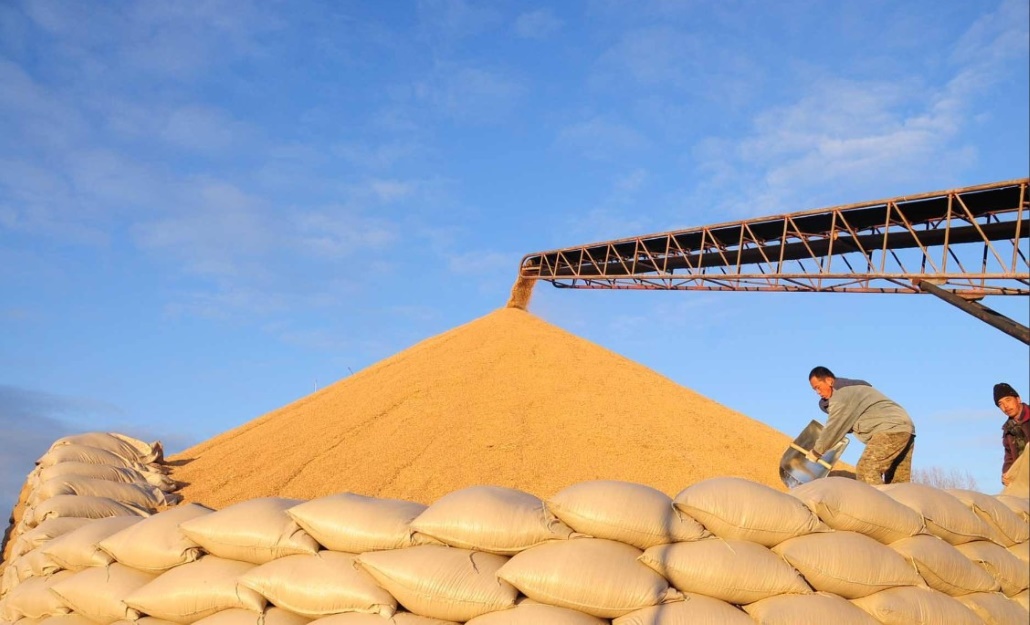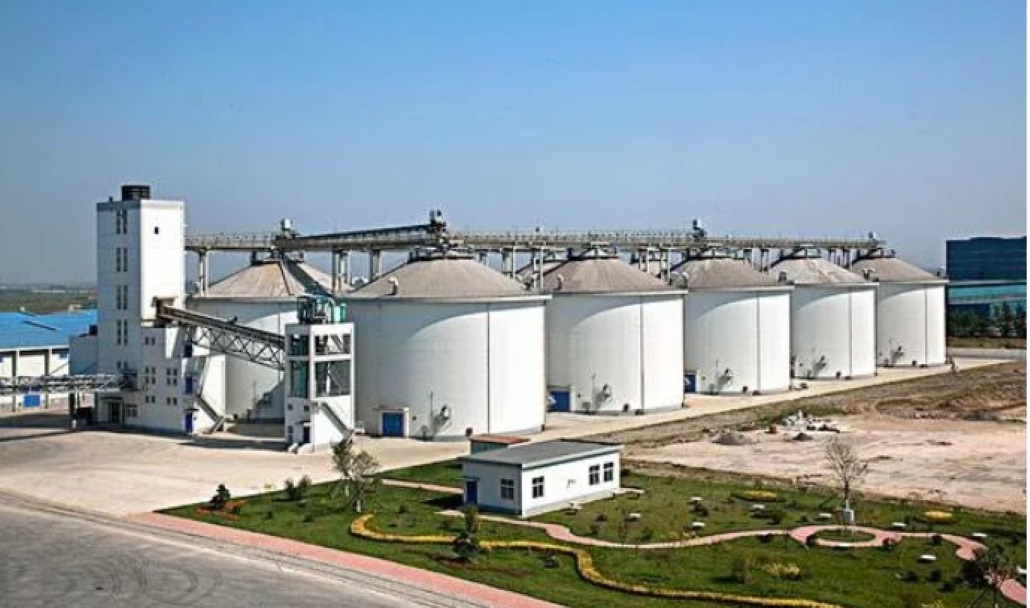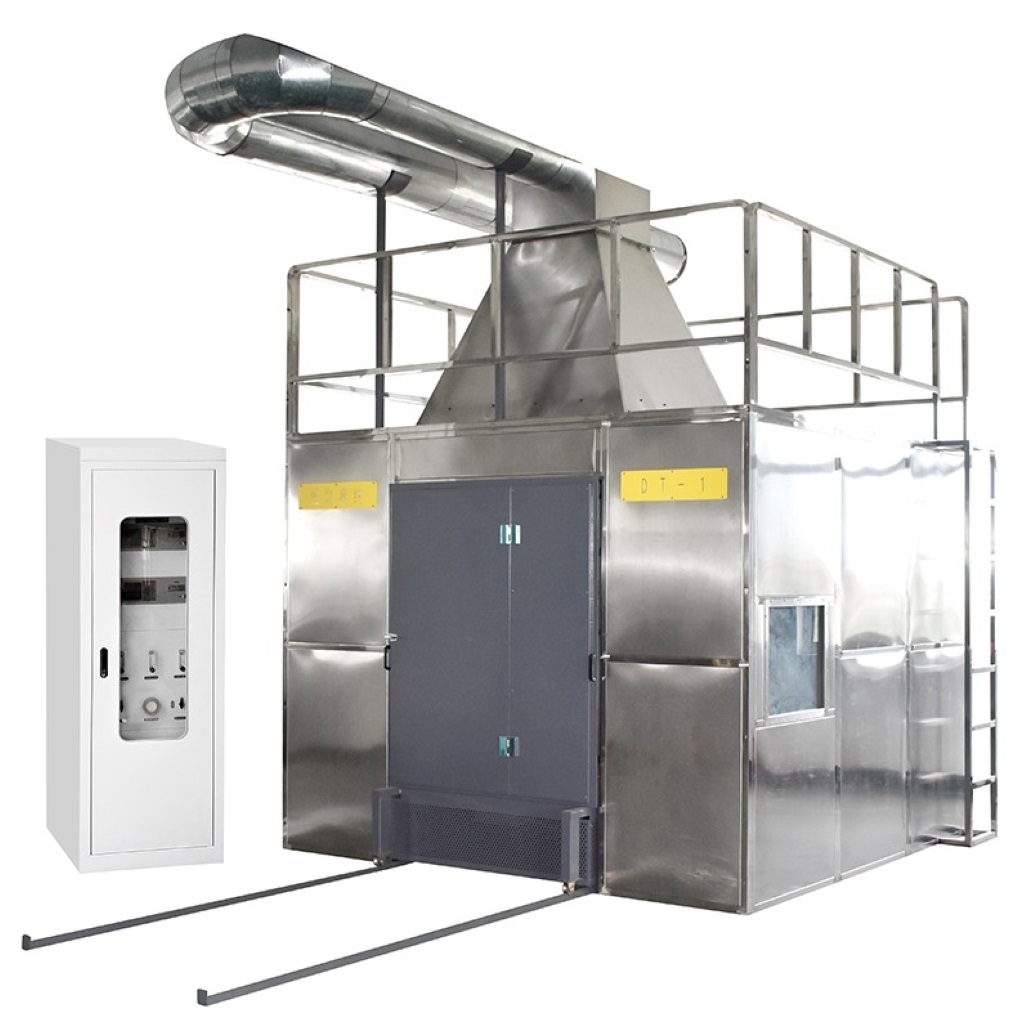Search
SIGAS provides high quality control and measurement device for customs, grain, building materials and other quality supervision and safety application. It is not only used for quantitative detection of hazardous toxic and harmful gases, but also effectively controls processes such as fumigation and combustion, providing precise solutions for personal safety and quality monitoring of personnel.
Fumigation detection for customs:
In international trade, countries implement mandatory quarantine systems on some imported goods to protect their own resources. Fumigation is a mandatory measure taken to prevent harmful diseases and pests from harming the forest resources of importing countries. The commonly used fumigants include methyl bromide, sulfuryl fluoride, and phosphine, all of which are highly toxic gases. Regardless of the harm of fumigation gas leakage to personal safety or the impact on fumigation effectiveness, the concentration detection of fumigants used in fumigation operations has become particularly important.

The fumigation gas detection device provided by SIGAS is based on the principle of photoacoustic spectroscopy, which can effectively monitor the concentration of high and trace gases in real time, providing protection for customs fumigation operations.
Photoacoustic spectroscopy is a new spectral technology based on the photoacoustic effect, which is different from traditional infrared technology. It effectively converts light signals into sound signals and calculates the final gas concentration through the detection of sound signals using precision microphones. Due to the special optical structure of photoacoustic spectroscopy technology and the special calculation process in signal acquisition and processing, this method can efficiently collect weak photoacoustic signals and effectively eliminate the interference of background signals. It is very suitable for trace gas concentration detection and non-interference detection in complex environments.

Fumigation detection for Grain and oil:
The environment for grain storage needs to have favorable characteristics of low temperature and low oxygen, and insect eggs and pests should also be removed as much as possible during grain storage. Therefore, in order to extend the shelf life of grain storage facilities, various gases are used to achieve the purpose of extending storage. Usually, nitrogen, carbon dioxide, phosphine and other gases are used for grain storage. N2 nitrogen can reduce the oxygen concentration in the grain depot, indirectly delaying the aerobic respiration process of grain and oil cells, and effectively preventing grain and oil from rotting and deteriorating; CO2 and carbon dioxide are used to reduce the presence of oxygen, thereby weakening respiration and prolonging the storage life of food; PH3 phosphine gas comes from aluminum phosphide agents. Currently, most grain storage units in China use the method of applying aluminum phosphide tablets and pills to fumigate and disinfect grain and oil.

Around 2004, sulfuryl fluoride was internationally licensed for use in food (grain) fumigation. In China, in 2006, the General Administration of Quality Supervision, Inspection and Quarantine of the People's Republic of China issued SN/T 1760-2006 "Application Regulations for Hygienic Treatment of Sulfuryl Fluoride at Entry and Exit Ports". In 2008, GB/T 22497-2008 "High dose Sulfuryl Fluoride (≥ 20 g/m3) cannot be reused in the same batch of grain" was issued. Currently, the "Technical Regulations for Sulfuryl Fluoride Fumigation" is being studied and formulated as a grain industry standard. In recent years, the use of sulfuryl fluoride in China's grain storage industry has increased. Developing and promoting the application of sulfuryl fluoride fumigation insecticidal technology is not only to complement the advantages of phosphine and cope with resistance, but also to meet the needs of China's food safety and grain storage safety development.

The grain and oil fumigation detection device provided by SIGAS utilizes the principles of photoacoustic spectroscopy and infrared detection. The ability to quantitatively detect high and low concentrations of sulfuryl fluoride simultaneously is an essential control equipment in the sulfuryl fluoride fumigation regulations of grain and oil.
Building materials combustion detection:

SIGAS provides the S-ANALYZER 200 analyzer series as a multi-component gas analyzer with a standard 19 inch chassis. Based on paramagnetic oxygen technology and non spectral infrared detection technology, it can simultaneously detect the concentrations of oxygen, carbon monoxide, and carbon dioxide gases. According to national standards, the oxygen concentration resolution of our analyzer can reach 0 001%. The analyzer is equipped with a touch display control screen, a reasonably distributed menu structure, and an intuitive and user-friendly operating interface. All status displays, threshold values, and alarm values are provided in both analog and digital formats. Real time display of detection concentration curve, suitable for gas concentration detection in various industrial occasions.